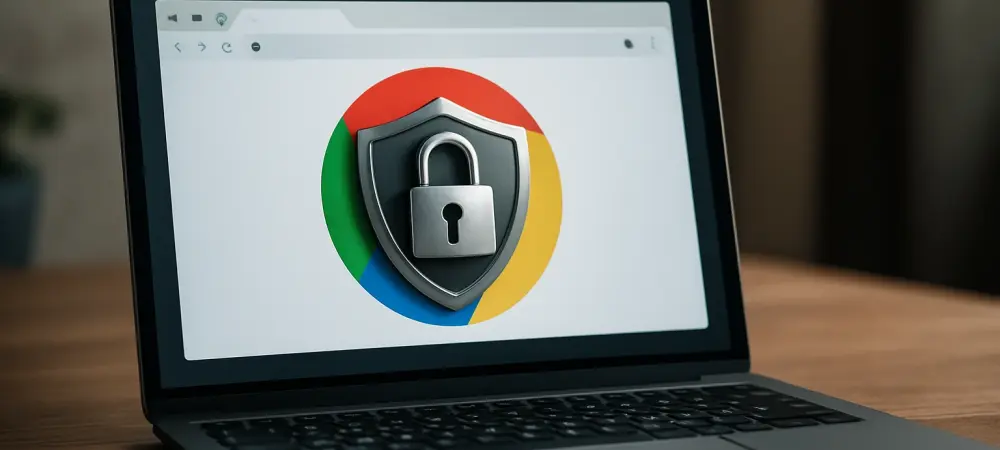As the digital landscape continues to evolve, the significance of browser security becomes increasingly pivotal for both casual users and corporations. Browsers serve as gateways to the internet, making them prime targets for various cyber threats. Among these, zero-day vulnerabilities pose some of the most dangerous risks. They exploit flaws unknown to the software developers at the time of attack, allowing attackers to infiltrate systems without immediate detection. Recently, Google’s proactive response to a critical zero-day vulnerability—CVE-2025-6554—in its Chrome browser has sparked a renewed focus on browser security. This type confusion vulnerability, discovered in the V8 JavaScript and WebAssembly engine, presents grave risks by allowing arbitrary code execution through maliciously crafted web pages.
Immediate Impact of Chrome’s Vulnerability
The discovery of this vulnerability is part of Google’s rigorous security protocol, with their Threat Analysis Group leading the charge in identifying and mitigating such threats. This specific flaw was actively exploited, suggesting targeted attacks on high-profile individuals or organizations. Although Google has not disclosed the specifics, the immediacy of their response underscores the severity of the situation. An emergency patch was deployed across all major platforms—Windows, macOS, and Linux—urging users to update their browsers to be protected against potential exploitation. The nature of type confusion vulnerabilities means they can lead to silent data breaches, intensifying the urgency to secure systems. Users and organizations alike must prioritize browser updates, ensuring compliance with security protocols and enabling automatic updates for a more robust defense against unforeseen vulnerabilities.
Broader Implications in Cybersecurity
This recent event highlights a broader trend in ongoing challenges faced by browser security, necessitated by advancements in both state-sponsored and independent cyber tactics. In 2025 alone, Google addressed a series of four zero-days, illustrating a persistent threat landscape. This scenario reflects the continuous struggle for software integrity against sophisticated attacks. Chromium-based browsers such as Edge, Brave, Opera, and Vivaldi also share this responsibility, prompting developers to quickly implement patches. The tech community’s collaborative efforts remain vital in fortifying defenses against these threats. Looking ahead, it is crucial to foster resilience by advancing detection capabilities, promoting user awareness, and embracing innovative security approaches. Stakeholders must remain vigilant, ensuring proactive strategies to anticipate emerging threats, thereby fortifying the security of browsers as vital components in the digital ecosystem.

